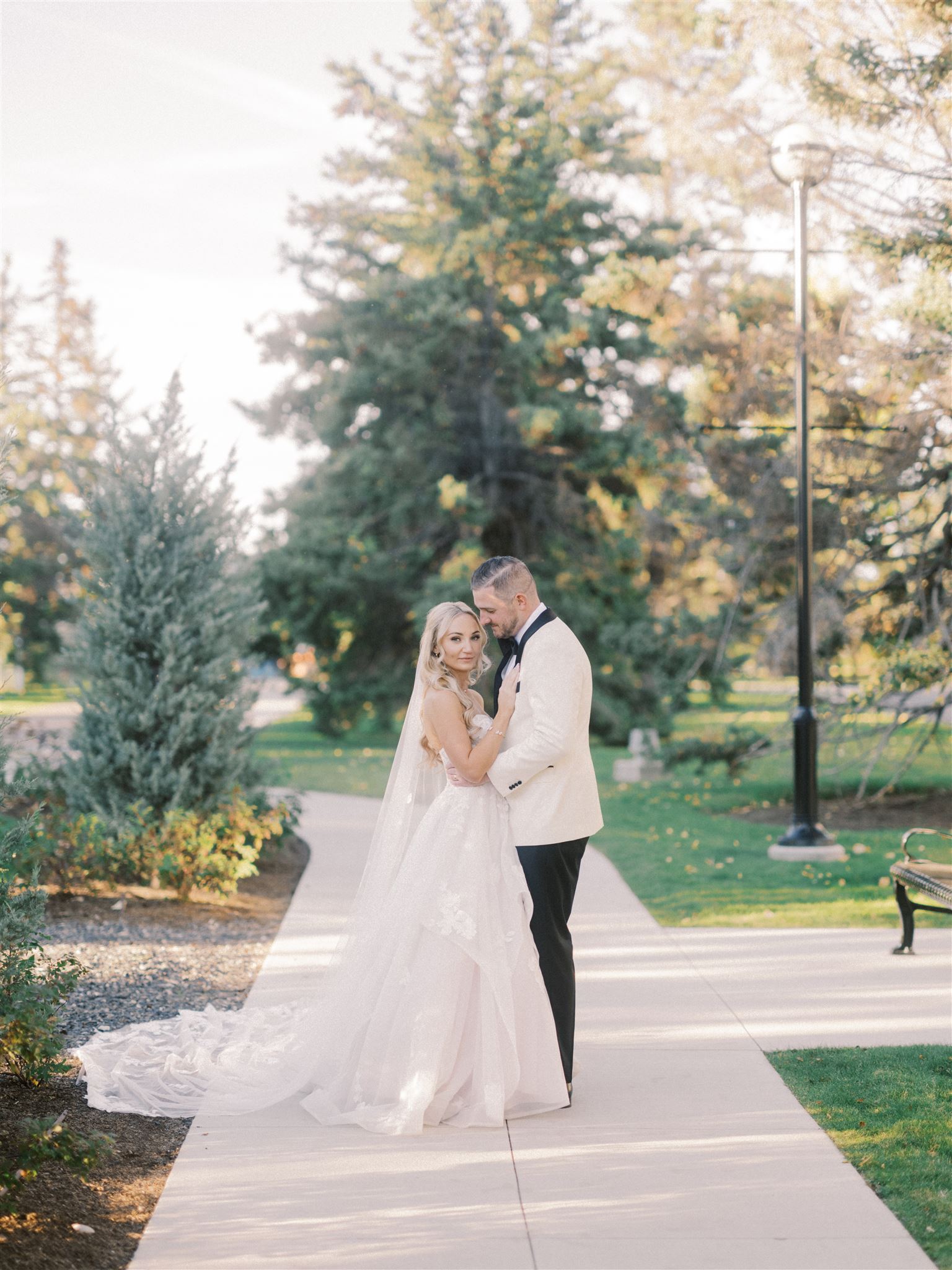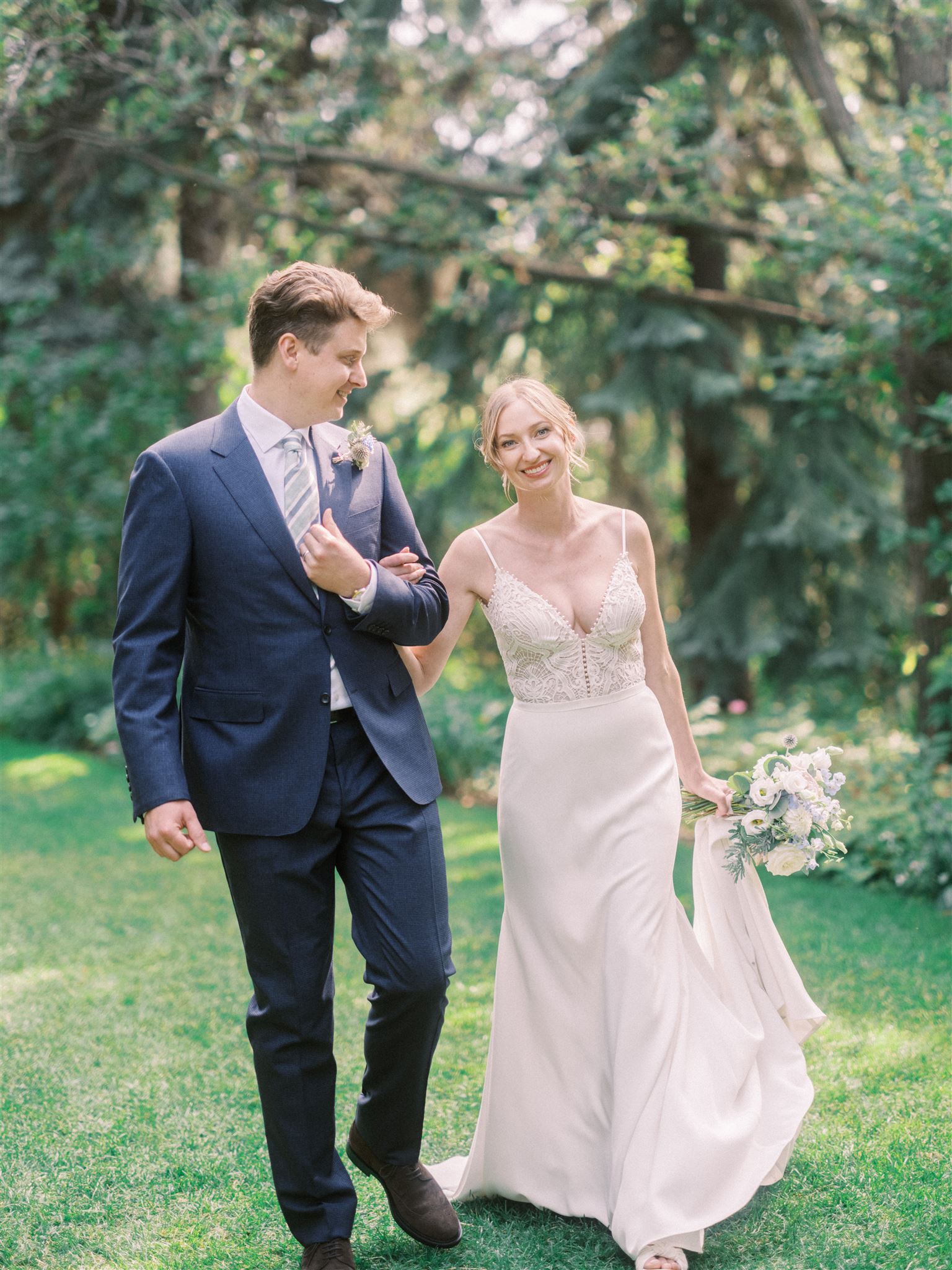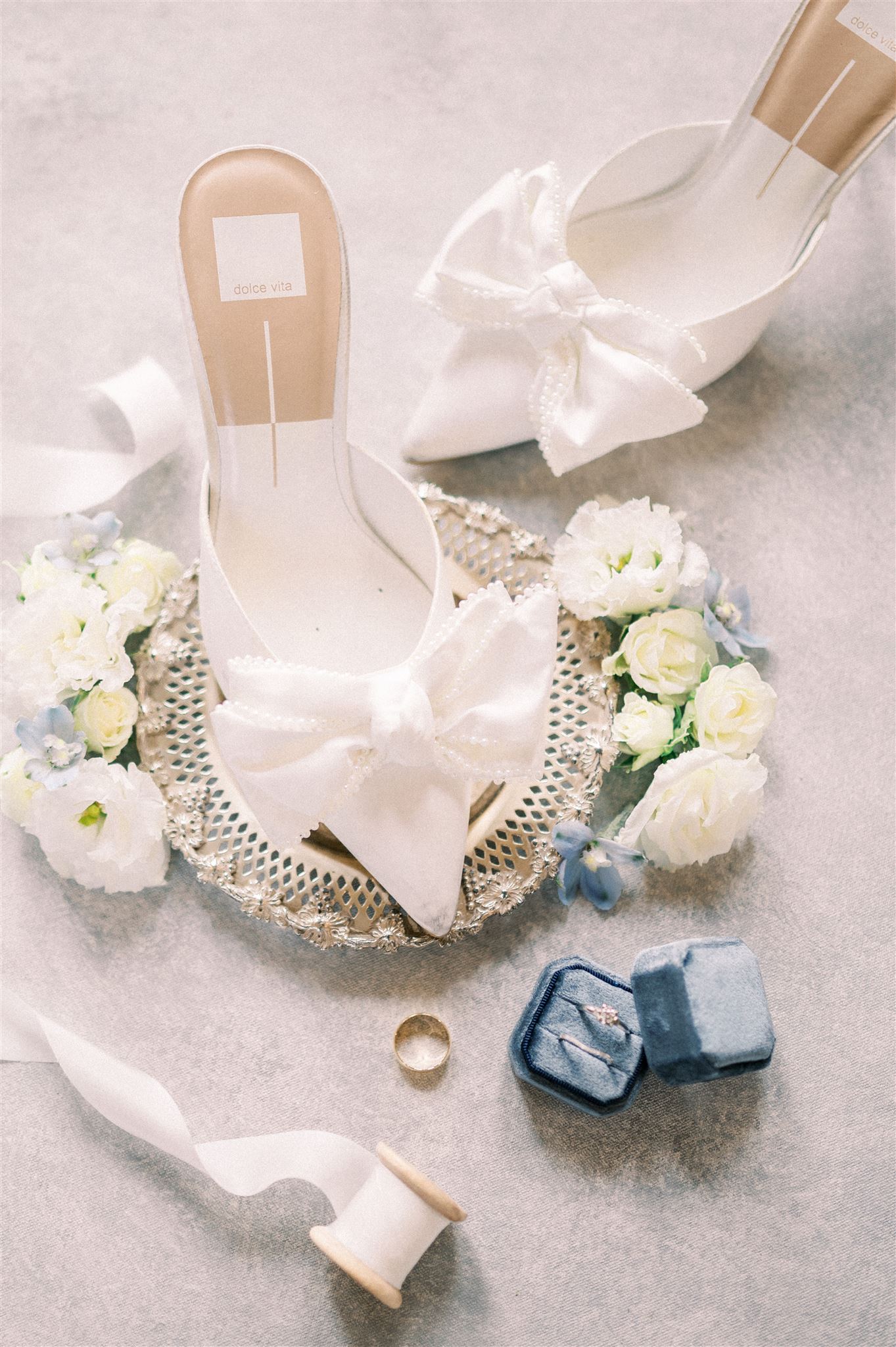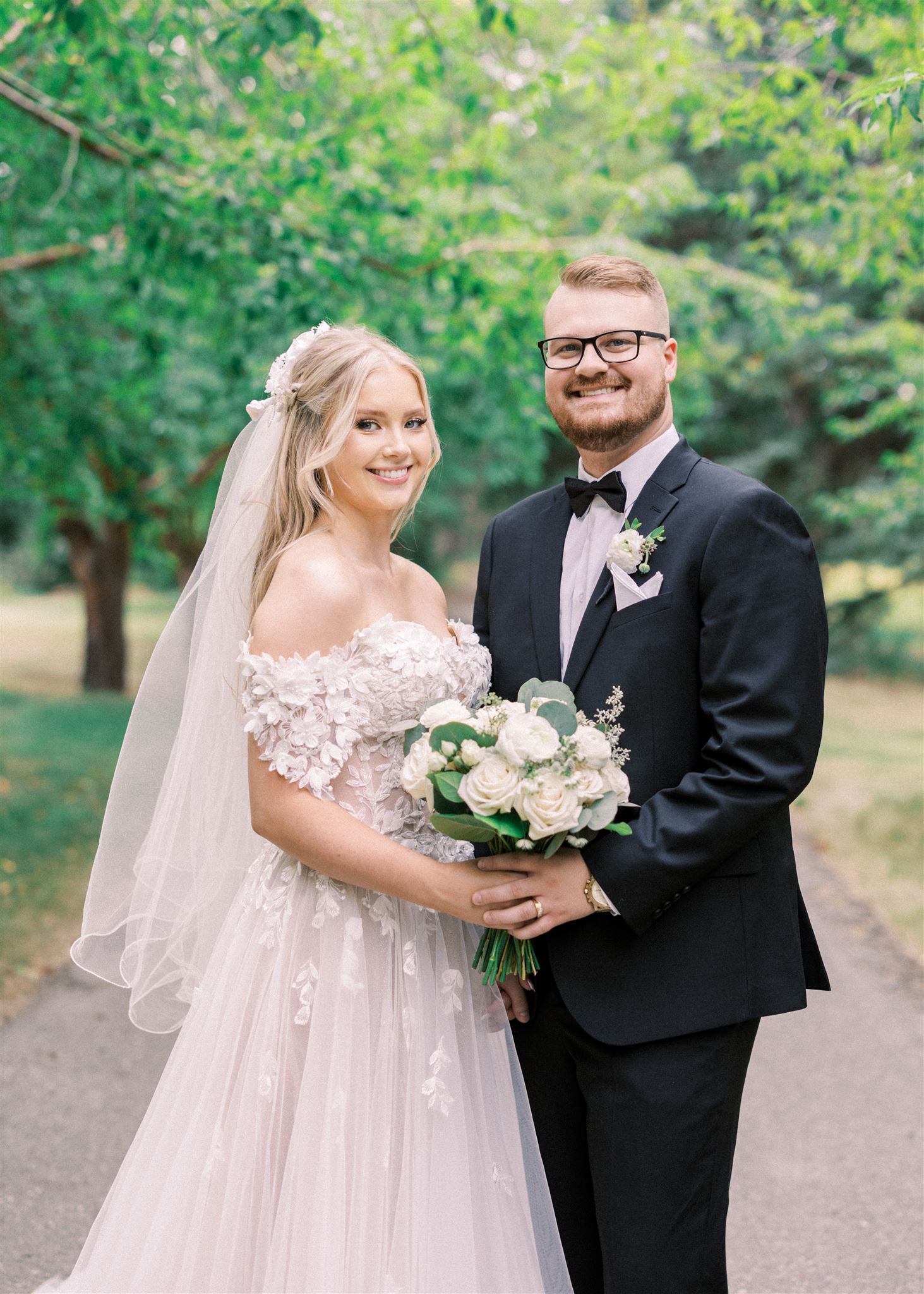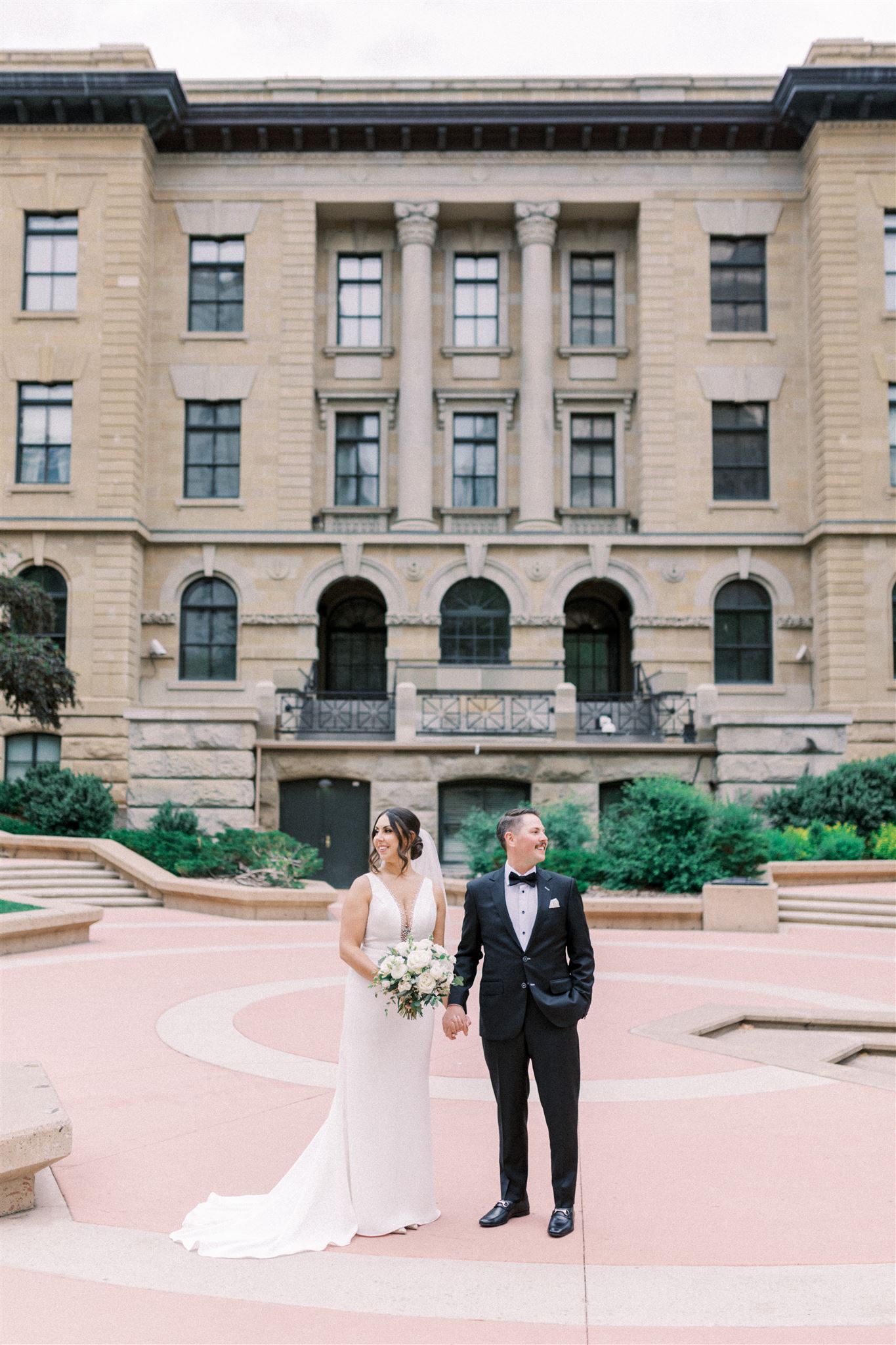The History of Wedding Traditions
Weddings are a time-honoured tradition that have been celebrated for centuries. People have been exchanging rings, exchanging vows, and celebrating with friends and family for generations. But where did these traditions come from? Why do we do certain things at weddings? In this blog, we’ll explore the history of wedding traditions and the meaning behind them.
The Meaning of the Ring
The exchanging of rings is one of the most recognizable elements of a wedding ceremony. The ring is a symbol of eternal love and commitment. The circle of the ring is said to represent eternity, and the hole in the centre is a gateway to the future. Rings are also a sign of prosperity, as they are made of precious metals and stones. The origins of the wedding ring can be traced back to Ancient Egypt. Rings were used as symbols of love and eternity and were worn on the fourth finger of the left hand, which was believed to contain a vein that ran directly to the heart. The tradition of exchanging rings was adopted by the Ancient Greeks and Romans, who added their own symbolism to the rings.
The Meaning of the Veil
The veil is another common element of a wedding ceremony. The veil is traditionally worn by the bride and is said to represent purity and innocence. In Ancient Rome, the veil was used to cover the bride’s face to ward off evil spirits. In some cultures, the veil has also been used to signify the bride’s transition from maidenhood to marriage.
The Meaning of the Bouquet
The bouquet is a tradition that dates back to Ancient Greece, where it was believed that carrying a bundle of flowers in one hand could ward off evil spirits. In the Middle Ages, the bouquet began to be seen as a symbol of fertility and prosperity. The bride would carry a bouquet of flowers to bring good luck to the marriage.
The Meaning of the Garter
The garter is another common element of a wedding ceremony. The garter is traditionally worn by the bride and is said to represent fidelity and commitment. In some cultures, the garter is believed to bring good luck to the marriage. In the Middle Ages, it was also believed that the garter could protect the bride from evil spirits.
The Meaning of the Toast
The toast is a traditional part of a wedding reception. The toast is an expression of good wishes for the newly married couple. In the Middle Ages, the toast was believed to bring good luck to the marriage. The toast is also a sign of respect for the couple and their union.
The Meaning of the Honeymoon
The honeymoon is a time-honoured tradition that dates back to Ancient Babylon. The honeymoon was originally seen as a time for the couple to bond and become closer. In the Middle Ages, the honeymoon was also seen as a period of good luck for the couple. The honeymoon is a time for the newly married couple to enjoy each other’s company and start their married life together.
Wedding traditions are steeped in history and symbolism. From the exchanging of rings to the toasting of the couple, each element of a wedding ceremony has a special meaning. These traditions are a way for couples to express their love and commitment to each other, and to bring good luck to their marriage!
